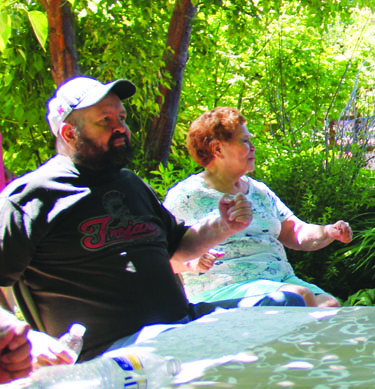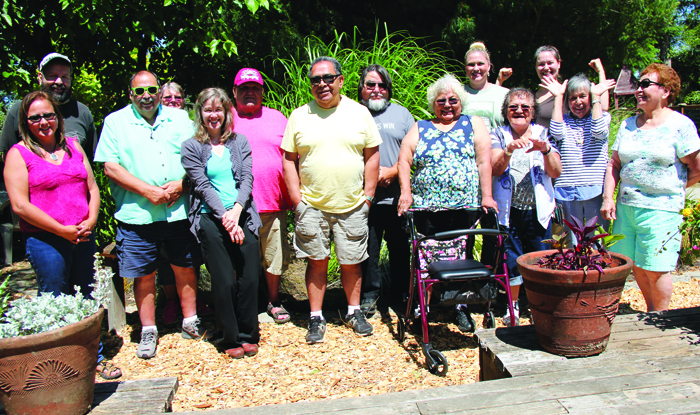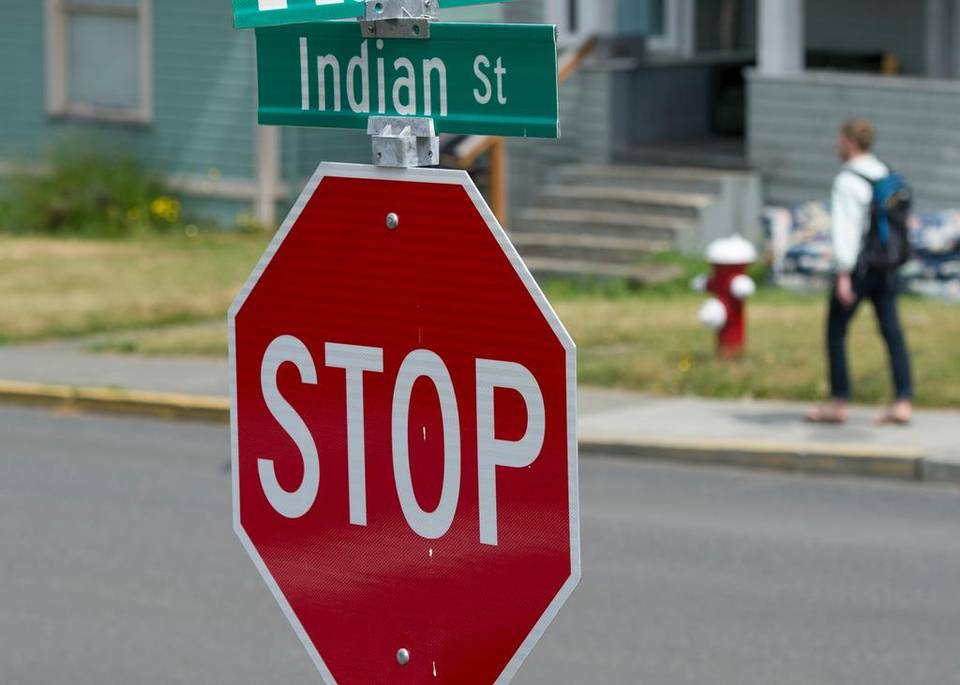By Melinda Myers
Don’t let mosquitoes keep you from enjoying your garden and outdoor parties. Look for environmentally sound ways to manage these pests in your garden and landscape.
Start by eliminating standing water in the yard. Buckets, old tires and clogged gutters and downspouts that hold water make the perfect breeding ground for mosquitoes.
Drain water that collects in these as well as kids’ toys, tarps and pool covers. Store these items in the garage or turn them over to keep them from becoming a mosquito breeding ground. Even small containers hold enough water for hundreds to thousands of mosquitoes to breed.
Change the water in birdbaths at least once a week. Consider installing a small pump to keep water moving to prevent mosquito breeding. Or use an organic mosquito control like Mosquito Dunks and Bits (SummitResponsibleSolutions.com) in rain barrels and water features. The Mosquito Bits quickly knock down the mosquito larval population, while the Mosquito Dunks provide 30 days of control. They are both certified organic and safe for pets, fish, wildlife and children.
Wear light colored, loose fitting clothing. These pests are less attracted to the lighter colors and can’t readily reach your skin through loose clothing. And be sure to cover as much of your skin as possible with long sleeves and pants.
Add a few birdhouses to the landscape to bring in the birds. You’ll enjoy their beauty and benefit from their diet of insects, including many garden pests and mosquitoes.
Keep the garden weeded. Mosquitoes rest in shrubs, trees and weeds during the day. Removing weeds and managing neglected garden spaces will make your landscape less inviting to these pests.
Consider using a personal repellent to protect you against disease-carrying mosquitoes. For those looking to avoid DEET, the Center for Disease Control and Prevention has also approved products with the active ingredient picaridin (found in Skin so Soft products), IR3535, and the synthetic oil of lemon and eucalyptus. Avoid products that contain both sunscreen and insect repellents as you need to apply the sunscreen more often than the repellent.
Add a bit more protection while sitting or eating outdoors. Use a fan to create a gentle breeze that keeps the weak flying mosquitoes away from you and your guests. Some gardeners even take a small fan into the garden, while weeding.
Then add a bit of ambience to your next party by lighting a few citronella candles for your evening events. Citronella oil and the scented candles do have some mosquito repelling properties. Scatter lots of candles throughout your entertainment space. Position the candles within a few feet of your guests. This can provide some short term relief from these pests for you and your guests.
Gardening expert, TV/radio host, author & columnist Melinda Myers has more than 30 years of horticulture experience and has written over 20 gardening books, including Can’t Miss Small Space Gardening and the Midwest Gardener’s Handbook. She hosts The Great Courses “How to Grow Anything: Food Gardening for Everyone” DVD setand the nationally syndicated Melinda’s Garden Moment segments. Myers is also a columnist and contributing editor for Birds & Blooms magazine. Myers’ web site, www.melindamyers.com, offers gardening videos and tips.

















